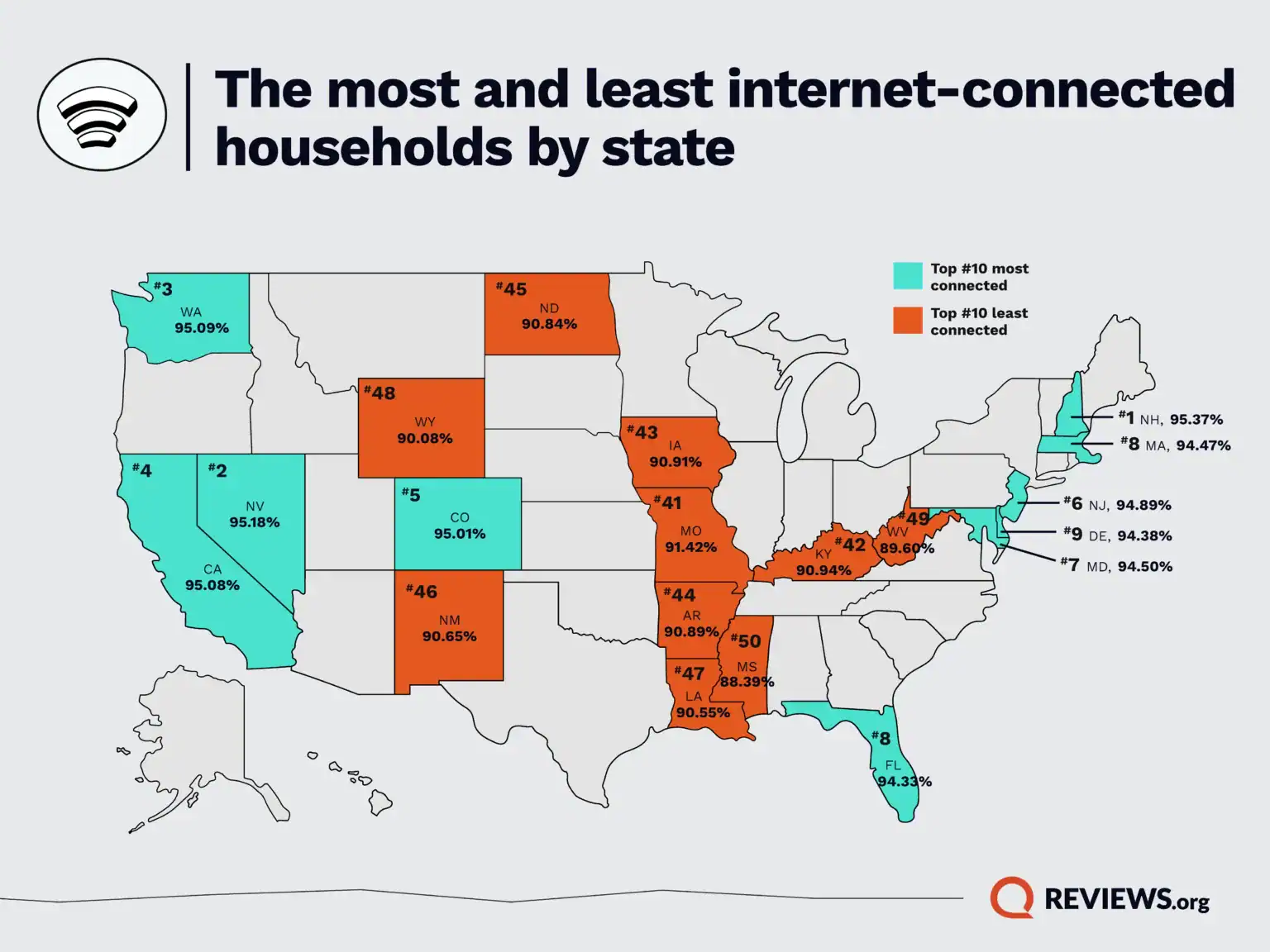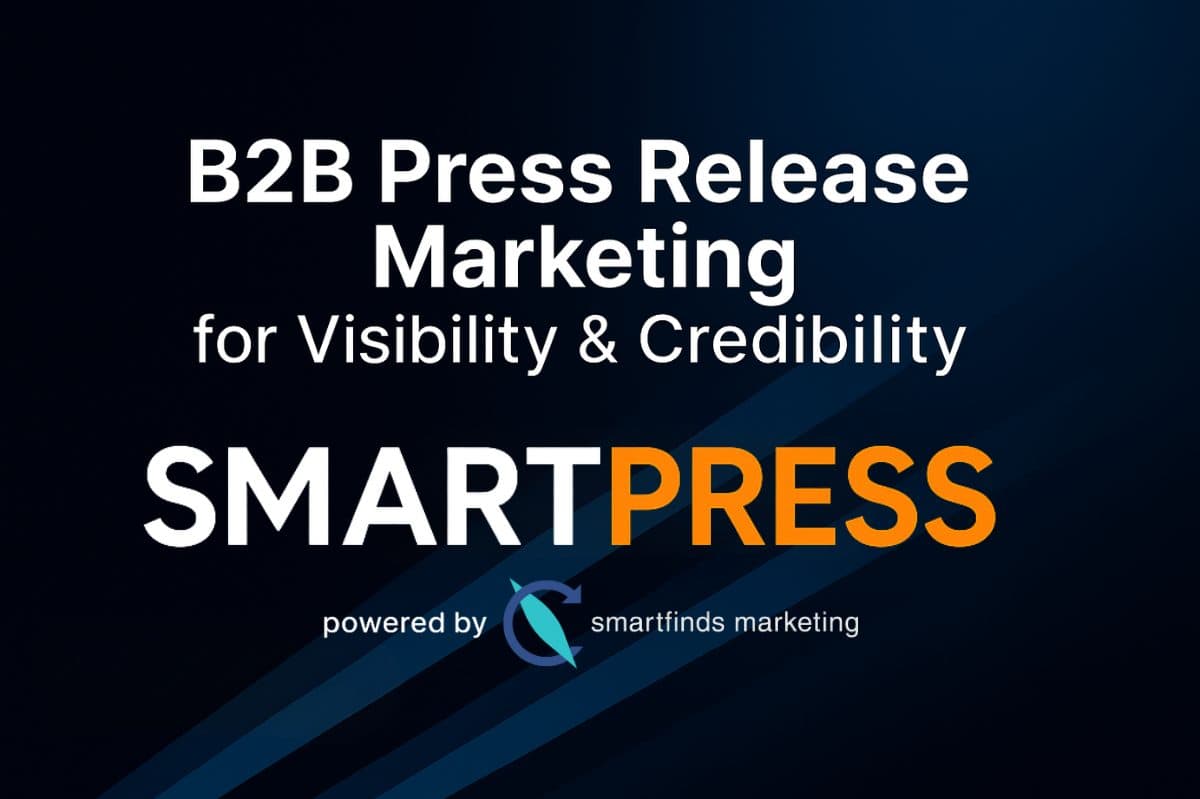Whoever said change is bad wasn’t a marketer. Honestly, change is the only thing you can be sure of these days, and it applies to digital marketing 100%. Since the beginning of 2021, for example, we’ve seen a bunch of new website trends aimed at increasing the conversions manufacturing companies get from their websites.
Here are the top three trends you can implement to boost your conversion rate optimization (CRO) this year.
Improve Content Personalization
Most manufacturers know their website content is essential. It’s cost-effective, improves SEO rankings, gives customers value, and delivers great returns when it’s done right. Research shows 80% of consumers are more likely to buy if a brand personalizes their online experience.
We aren’t talking about merging text fields or adding the buyer’s name into a mass email, though. Real personalization means pinpointing the customer’s interests, determining where people are in the buying cycle, and providing a message that shows you understand them and can speak directly to their needs.
How to do this:
There are lots of user-centered design (UCD) tools to help create variations of your site for different audiences. The pages and messaging a prospect sees should depend on things like their location, the type of device they are using, where they came to your website from, e.g., search, social media, etc., and the kind of content they’ve engaged with before.
Use A/B testing methods to determine which variations deliver the best results so that you can optimize your design. You can tailor the user’s experience based on data such as the keywords they’ve used in Google, images they’ve clicked on, and articles they’ve read.
Various software programs allow you to combine these UCD measures with actions like segmented email campaigns and personalized ways to log in, pushing your chances of conversion way higher.
Enhance User Experience (UX)
It’s hard to convert people if they aren’t sticking around, so enhancing the user’s experience is mission-critical to improving your CRO. Even Google agrees, because it’s now factoring UX signals into rankings. User-centered design means the user needs to be at the center of every website decision you make. Take pop-ups, for example. They might capture a lot of leads, but if they turn out to be too annoying to your visitors, they won’t deliver conversions. What they will deliver is a bad user experience, leading to bad bounce rates, a direct impact on search rankings, and poor conversion rate optimization. By improving your website UX, you can keep visitors engaged and stop them from leaving in frustration.
How to do this:
Keep people on your manufacturer’s website long enough to capture their business by:
- Increasing site speed so they don’t have to wait for pages and images to load.
- Implementing a user-centered design that catches the eye and doesn’t contain distractions.
- Fixing broken links and keeping the information up to date.
- Using simple-to-follow navigation and an intuitive website structure, so that visitors can move easily between pages.
- Making sure the site is fully responsive, so your visitors see a consistent look no matter what device they are using to access it.
- Including a search function, so it’s easy for visitors to find what they’re looking for.
- Placing high-quality calls to action in appropriate locations to encourage people to take the next step.
Deploy Artificial Intelligence (AI) and Machine Learning (ML)
Make your website customer-friendly by using artificial intelligence and machine learning to help you. AI technologies like voice search, chatbots, predictive analytics, and micro-interactions all help to improve the UCD and make the website more valuable to your visitor.
With machine learning, designers can make better decisions backed up by more data than ever before. Instead of having people trying to analyze spreadsheets and figure out who to target and what incentives to offer, using AI frees up your team and improves your efficiency as well as your CRO.
How to do this:
Make use of machine learning algorithms to uncover the connections and insights in real-time analytics. This allows the AI to work without human intervention, suggesting items to visitors that they might like. Additionally, you can promote other things they might find interesting, based on their buying and searching history.
By using the data collected by the ML tools from all sources, your AI can predict each visitor’s buying probability. You can categorize visitors in real-time and decide what actions to take to convert them into buyers.
Actions could be offering a coupon code, an incentive, a proactive sales contact, or any other option you have available. Often, a simple reminder of an existing feature such as free shipping helps to reduce shopping cart abandonment.
Deploy your AI to identify indecisive visitors who might need more information to help to finalize an order. When offered the right incentive, these people are the ones most likely to convert. Through A/B testing, you can determine what actions are most successful and include information about the customers who take them up in your data.
Discover how to improve your conversion rate optimization and increase your bottom line by following these three popular website trends.
Ready to get to work?
Fill out the form below to start your customized CRO program today.
Meet your experienced CRO professional, Melih Oztalay.
Learn more about SmartFinds Marketing.






